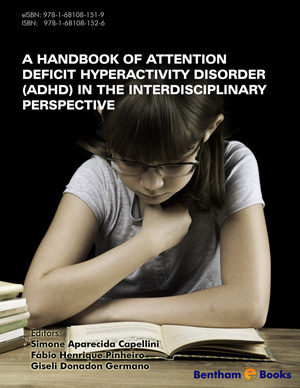Abstract
Osteoporosis (OP), or porous bone, is a severe illness wherein an
individual's bones weaken, increasing the likelihood of fractures. OP is caused by
micro-architectural degradation of bone tissues, which raises the probability of bone
fragility and can result in bone fractures even when no force is placed on it. Estimating
bone mineral density (BMD) is a prevalent method for detecting OP. For women who
have reached menopause, prompt and precise forecasts and preventative measures of
OP are essential. BMD can be measured using imaging methods like Computed
Tomography (CT) and Dual Energy X-ray Absorptiometry (DEXA/DXA). Blockchain
(BC) is a revolutionary technique utilized in the health sector to store and share patient
information between clinics, testing centres, dispensaries, and practitioners. The
application of Blockchain could detect drastic and even serious errors. As an outcome,
it may improve the confidentiality and accessibility of medical information interchange
in the medical field. This system helps health organizations raise awareness and
enhance the evaluation of health records. By integrating blockchain technology with
machine learning algorithms, various bone ailments, including osteoporosis and
osteoarthritis, can be identified earlier, which delivers a report regarding the prediction
of fracture risk. The developed system can assist physicians and radiologists in making
more rapid and better diagnoses of the affected ones. In this work, we developed a
completely automated mechanism for suspicious osteoporosis patients that uses
machine learning techniques to improve prognosis and precision via different
processes. Here, we developed a computerized system that effectively integrates principal component analysis (PCA) with the weighted k-nearest neighbours algorithm
(wkNN) to identify, predict, and classify the BMD scores as usual, osteopenia, and
osteoporosis. The ranked results are validated with the DEXA scan results and by the
clinicians to demonstrate the efficacy of the machine learning techniques. The
laboratories use BC to safely and anonymously share the findings with the patients and
doctors.












